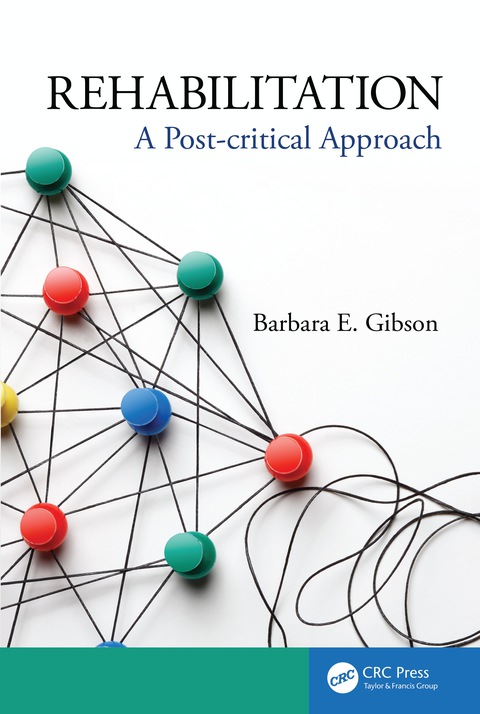Description
Efnisyfirlit
- Foreword
- Doing Disability Studies of Rehabilitation
- References
- Acknowledgments
- Author
- Contributors
- Chapter 1 – Moving Rehabilitation
- A Post-Critical Approach
- Critical Disability Studies
- An Ethic of Openness
- Moving Bodies
- Use of Terms
- Mobilizing Post-Critical Methodologies: Book Outline
- Outline of Chapters
- References
- Chapter 2 – Disability/Normality
- What Is Disability?
- Theorizing Disability
- The Social Model of Disability
- International Classification of Functioning, Disability, and Health
- What Is Normal(ity)?
- Post-Critical Movements: Perturbing the Normal/Disabled Divide
- Rehabilitating Normal/Disabled
- References
- Chapter 3 – Quality of Life
- Origins and Confusions
- QOL, Function, and Normalization
- A Case Example
- Challenges from within the Health Sciences
- The Subjective/Objective Divide
- Quality of Life Judgments in Clinical Practices
- The Object of Intervention
- Reforming Quality of Life
- References
- Chapter 4 – Development
- Developmentalism
- Rethinking Children’s Rehabilitation
- Implications for Rehabilitation Practice
- Unhinging Normal and Development
- References
- Chapter 5 – In/dependence
- Discourses of In/dependence
- Dependence, Independence, and Interdependence in Disability Studies and Rehabilitation
- In/dependence in Disability Studies
- Independence in Rehabilitation
- Interdependence
- Moving Assemblages
- Reconstructing Dependencies
- References
- Chapter 6 – Mobilities
- Mobilizing Desire
- Amputee Mobilities
- Crawling Mobilities
- Wheelchair Mobilities
- Mobility Movements
- References
- Chapter 7 – Re-Forming Rehabilitation
- Continuities of Theory with Practice
- Revisiting the Ethics of Openness
- Implications: Mobilizing and Re-Forming
- Rhizomatic Reforms
- Choices and Directions
- Movement without Conclusion
- References







Reviews
There are no reviews yet.